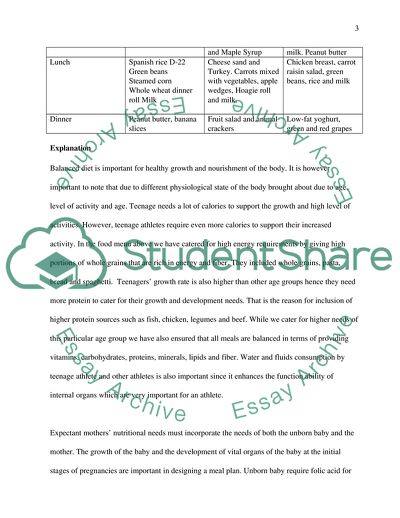Cite this document
(Diet and Digestion Coursework Example | Topics and Well Written Essays - 2500 words, n.d.)
Diet and Digestion Coursework Example | Topics and Well Written Essays - 2500 words. https://studentshare.org/biology/1811565-human-biological-science-diet-and-digestion
Diet and Digestion Coursework Example | Topics and Well Written Essays - 2500 words. https://studentshare.org/biology/1811565-human-biological-science-diet-and-digestion
(Diet and Digestion Coursework Example | Topics and Well Written Essays - 2500 Words)
Diet and Digestion Coursework Example | Topics and Well Written Essays - 2500 Words. https://studentshare.org/biology/1811565-human-biological-science-diet-and-digestion.
Diet and Digestion Coursework Example | Topics and Well Written Essays - 2500 Words. https://studentshare.org/biology/1811565-human-biological-science-diet-and-digestion.
“Diet and Digestion Coursework Example | Topics and Well Written Essays - 2500 Words”. https://studentshare.org/biology/1811565-human-biological-science-diet-and-digestion.


